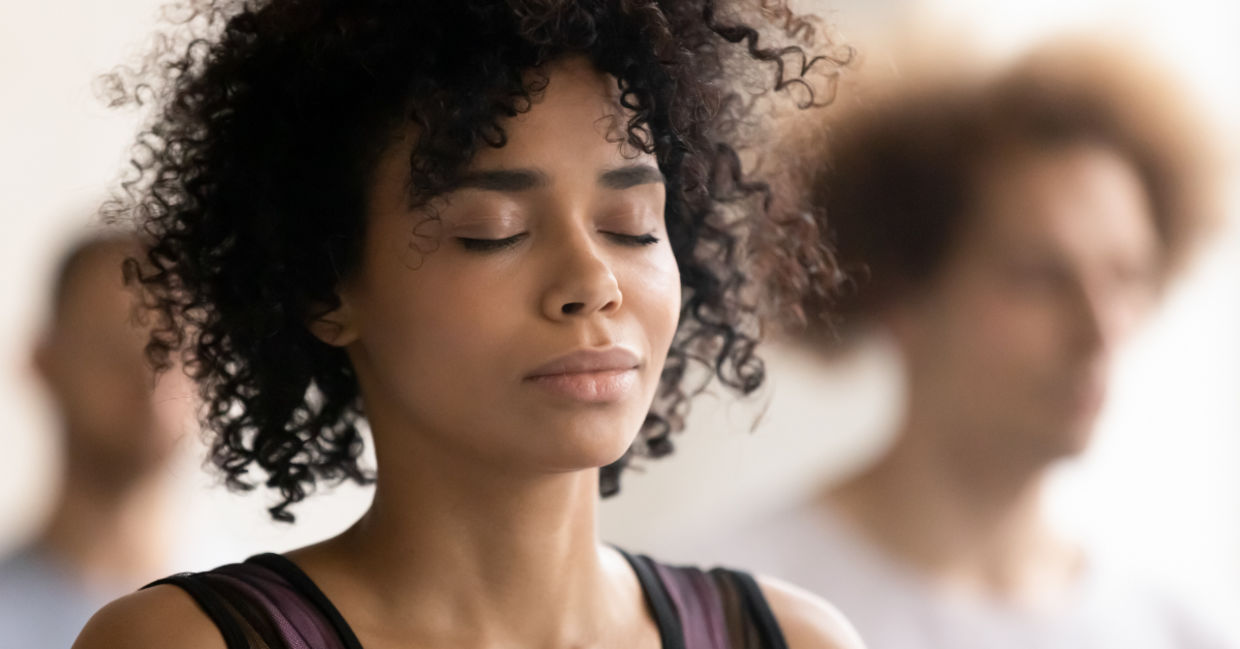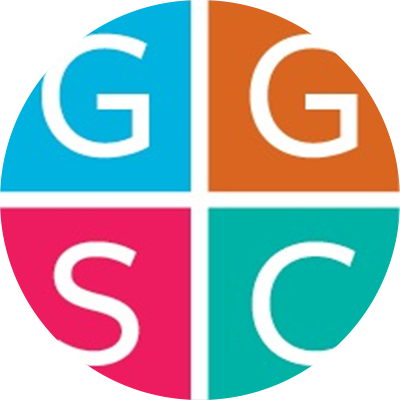
(Fizkes / Shutterstock.com)
When you mindfully tense and then release your muscles, your body is telling your brains to relax. Try this practice that’s proven to help with depression, anxiety, and stress. Click here to try the practice.
How to Do This Practice
Find a comfortable space to complete this practice, ideally lying down.
Soften your gaze and turn your attention towards your feet. When inhaling, tense your feet as much as you can for no more than 10 seconds. Then exhale and release your feet and toes, noticing the feelings of relaxation as you untense.
Repeat this process of tensing and releasing different parts of your body, working upwards from your legs to your torso, all the way to your upper body, arms and face. Remember to inhale when you are tensing your body, and exhale when you release.
Dacher Keltner: Hi, I’m Dacher Keltner. Welcome to Happiness Break, the series where we take a few minutes out of our day to try a practice proven to improve our well-being. Today, we’re trying an exercise that gently works our muscles. It’s called progressive muscle relaxation, or PMR, and to do it, you’ll be guided through systematically tensing and then releasing different muscle groups throughout your body.
Studies show that progressive muscle relaxation helps to lower our levels of stress and anxiety, improve our focus, and get better sleep.
Leading us in this short practice is Jo Qina’au. They are a clinical psychology fellow from Harvard Medical School and a meditation guide.
Jo Qina’au: Aloha, I’m very happy that you are joining today for Progressive Muscle Relaxation, which isn’t exactly a meditation. It is a kind of an exercise that involves both your mind and your body, and we basically ask you to tense parts of your body as much as you can, without any pain. And then we ask you to release the tension.
And you really get to progressively go from tension to relaxation. Usually PMR is done very slowly over the course of maybe 20 minutes or so, but today we are going to give you a short and sweet version — just about five minutes or so.
It’s really nice to be lying down if you can. If you can be on a bed or a soft space, you know, really luxuriate in some pillows if you have them handy. If you have to be seated, that’s totally fine as well though, if you’re doing this at your desk, you can still get great benefits.
So whenever you’re comfortable, we’ll begin to close our eyes, if that’s okay for you. And if not, you can always leave the eyelids just slightly open with the gaze, nice and soft, and steady on a single object.
And we’ll begin by drawing all of our focus to the feet, noticing your feet in the air, noticing where they are in space. And on your next inhale, go ahead and curl your toes and engage the feet, making them as tense as you can. Tense, tense, tense, and on an exhale. Release the toes. Allow the feet to be completely relaxed, noticing all the sensations of relaxation from the heels to the bottom of the feet, all the way to the tips of the toes, and then drawing your awareness up the legs. Now to the ankles and the calves, go ahead and point the toes toward the face and engage all the muscles of the calves. On an inhale, hold the tension and the lower part of the legs. Notice the sensations, and on an exhale release.
Relaxing the calves, the shins, all the muscles in the feet. And then drawing your awareness up to the thighs and the knees. On the next inhale, engaging the thighs, drawing the knee, caps up the legs, holding the breath, and tensing the tops of the legs.
And on an exhale release, noticing the sensations in the skin, the muscles, the bones.
Releasing any micro tensions in the lower half of the body.
And then drawing your awareness now up to the hips and the sit muscles, so your gluteus maximus. On the next inhale, you’ll lift your hips up by pressing down into the ground with the calves, squeezing the sitting muscles, squeezing the hips, holding without any pain, and noticing the tension. And then on an exhale release, let the hips flop to the ground. Releasing all the large muscles, noticing how the relaxation of that release flows down through the hips all the way to the lower legs, and then drawing your awareness up to the belly muscles. On your next inhale, squeeze the lower belly, middle belly, and upper belly, all the abdomen, muscles, tense, tense, tense as much as you can, holding the tension, noticing the sensations. And on an exhale, release the abdomen. Let the belly be soft. Let the breath be natural.
And then drawing your awareness now to the upper body, squeezing the right and the left fingers into a fist, and then drawing the wrists toward the shoulders, like you’re flexing your bicep muscle. Also squeeze the shoulders up to the ears so that all the muscles of the arms are tenses as tight as you can, inhaling, holding for a few moments, and as you exhale or release the tension, let the arms flop to the ground. Let all the sensations of relaxation flow down the shoulders to the elbows, the wrists, and the fingertips. Allowing the breath to be natural, we’ll draw our awareness now up to the face where we’ll tense all the smile muscles as if you just ate a lemon. Pursing the lips, squeezing the cheeks, squeezing your eyes shut, tensing all the muscles of the face as you hold the breath for a few moments.
As you exhale, release. Release the tongue, the jaw, the cheeks. Allow all the muscles of the eyes to soften, the forehead. Allow the face to completely relax. And then drawing your awareness now — broadening the aperture of our awareness to include the entire body from the top of the head, down the face, chest, the belly, hips, upper legs and lower legs. The entire body is completely relaxed, allowing any micro-tensions to unfurl with every exhale, and perhaps saying to yourself, I am completely relaxed.
You can stay in this relaxed state for as long as you like. Whenever you’re ready to come out, I encourage you to do so slowly and gently tuning into the body. Sometimes some small movements feel good. Rotations, wiggles, stretches. You might want a full body stretch.
Whatever feels right as you start to make your way back from a state of relaxation to whatever is awaiting you in your day. Mahalo nui for joining me. Hope you enjoy the basking and the rest of this relaxation.
YOU MIGHT ALSO LIKE:
Discover the Art of Mindful Meditation Right Where You Are
How to Integrate Meditation into Your Busy Life
Try These Mindful Morning Meditations
This article originally appeared on Greater Good, the online magazine of the Greater Good Science Center at UC Berkeley. Click here to read the original article.







